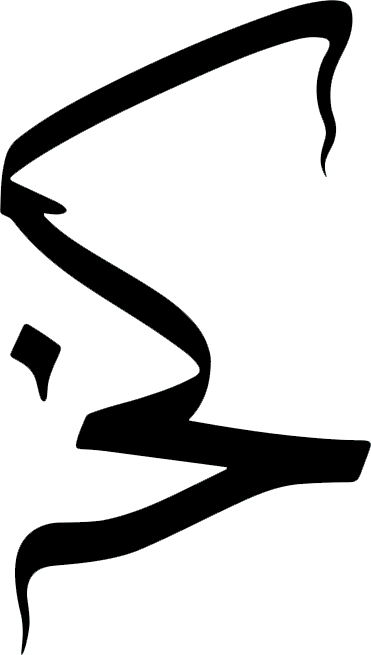Demon Hands and Dead Soldiers: Visions of America on Iran’s Stamps
by Ben Rejali
Islamic Republic of Iran, United Nations Day, 1983. Author’s own.
“Here are the stamps of defeats, the stamps of revolutions… they conceal from me an unknown sovereign, a massacre, palaces in flames, and the song of a mob marching towards a throne, waving placards and shouting slogans." - Louis Aragon, Les Paysan de Paris (1926)
When French surrealist Louis Aragon wrote these words in the 1920s, he was presumably describing the stamps of the newly established Irish Free State or the Soviet Union. But he may as well have been describing those that emerged in the aftermath of the Iranian Revolution of 1979. Within their perforated edges, statues of kings were toppled and mobs, quite literally, marched towards a throne waving placards. As Aragon notes, the stamps of a revolution are also the stamps of a defeat and while the Pahlavi family are the great losers of the Iranian Revolution, the stamps featured in this article bare their teeth at the American government.
The Iranian Revolution dealt a major blow to America and, in turn, successive Democratic and Republican administrations have taken out their ire on generations of Iranians. The US government has employed sanctions, proxy wars, and hit-and-run tactics that leave dead civilians in their wake. Not long after, these injustices are forgotten or ignored by Western media and the United Nations. If American media keeps the news cycle spinning by portraying Palestinians, Yemenis, Iranians, and countless others as villains on the global stage, deserving of Western-funded massacres, these stamps denounce such accusations.
Islamic Republic of Iran, Failure of US Military Aggression Against Iran, 1980. Author’s own.
The postage stamp was an early form of mass media capable of crossing borders that people and newspapers cannot, communicating their message in miniature to both citizens and non-citizens, recipients and postal workers. The Islamic Republic used these stamps to present an image of itself as being sometimes victorious, sometimes abused, but always righteous in its cause against American dominance. America, comparatively, is painted as the true bastard who murders the innocent and then plays the victim, who wins by cheating and stealing—not by merit. From President Carter’s failed mission to rescue the US Embassy staff in 1980 to the USS Vincennes missile strike that killed all 290 civilian passengers onboard Iran Air Flight 505 in 1988, Iranian stamps narrate their encounters with the so-called ‘leader of the free world.’
Many Iranian stamps respond directly to Western media visuals by integrating and subverting them. Take for example the blindfolded diplomat, Robert Blucker, whose image was broadcast again and again by ABC News to denounce the seizure of the US Embassy, but was later featured proudly on a stamp in 1983. Or the UN Security Council’s five permanent members—USA, UK, France, China, and Russia—depicted as a demon hand reaching out from the UN building with long, red fingers clawing at the globe. By using pastiche, collage and caricature, they mock Western dominance through a simple and accessible visual language.
Islamic Republic of Iran, The Takeover of the US Spy Den, 1983. Author’s own.
Here the Iranian government lays bare its vision of the United States: dead soldiers are left to rot, its embassies are exposed as “spy dens,” and top secret CIA documents lay scattered about. Patriotic iconography disintegrates as bald eagles shatter, stars and stripes go up in flames, and the Capitol building crumbles into ruin. It is an image of the country that the US government prefers to keep hidden. It is America’s shadow brought to light, revealing its weaknesses and wrongdoings, its military failures and massacres of civilians. Here are the stamps of American defeat, the stamps of the Iranian revolution.
Islamic Republic of Iran, Disastrous US Missile Attack Against Iranian Airliner, 1988. Author’s own.
Islamic Revolution of Iran, 17 Shahrivar 1357, 1979. Author’s own.
ABC News, “Iran Crisis: America Held Hostage,” broadcast November 8th, 1980.
Islamic Republic of Iran, Takeover of US Den of Espionage, 1985. Author’s own.
Islamic Republic of Iran, Takeover of US Den of Espionage, 1988.
Islamic Republic of Iran, Takeover of US Den of Espionage, 1987. Author’s own.









